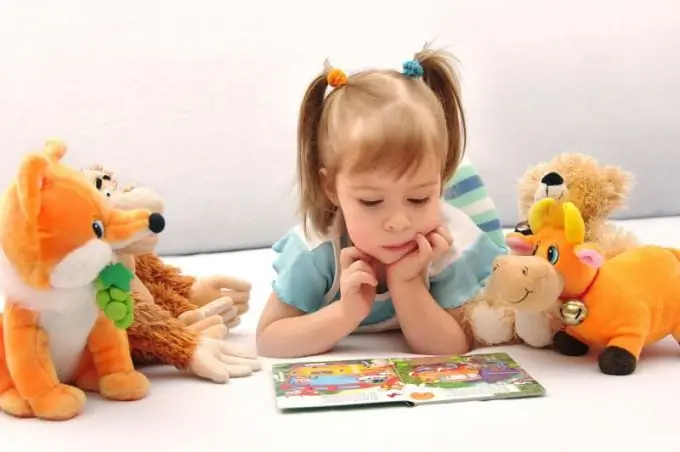Folk art, and later literary tales about animals, are designed to tell both children and adults about the experience. Both about the simple everyday experience, characters and characteristic features that are present in all kinds of living beings, and about the generalized experience of mankind, recorded in a deliberately simple metaphorical presentation.

Having arisen in ancient times, fairy tales about animals, as a variety of this genre, were called upon to talk about the habits and general characteristics of animals, their relationship with other species of animals and with humans.
From beliefs to fairy tales
Hunters, breeders, cattle breeders, peasants - everyone who came into contact with the animal world felt the need to record the accumulated information for transferring it to subsequent generations. Observations of animals resulted in humanity in the amount of knowledge that they could pass on to their descendants only with the help of oral creativity - beliefs, legends, fairy tales.
Often, a fairy tale was born spontaneously, as a belief, then it acquired details about the relationship of animals, birds and fish with humans, and then, gradually, the “humanization” of fairy animals took place: they had characters that give individuality.
From semi-realistic legends, which reflected the real features of animal behavior, with the help of the narrator's imagination, the stories were transformed into fairy tales, in which animals began to be endowed with human characters and qualities, they began to behave like people. Moreover, with the departure from paganism, the character given to the animal was like a copy of the image of some person familiar to many, therefore fairy tales gained popularity as some kind of ironic-satirical stories.
Over time, a certain standard of behavior of this or that animal in a fairy tale appeared: for example, a horse always became a rescuer, a bear symbolized gullibility and slowness, a hare - an example of cowardice, but also devotion, a wolf - greed and cunning, and sometimes stupidity, a fox - cunning and dexterity, lion - wisdom and anger, cat - fearlessness and intelligence.
The structure of animal tales is, as a rule, simple: episodes are strung one on top of another, often repeated situations are used, without visible development. But the plot moves thanks to the dialogism of the characters.
Animal tales as mirrors for people
Already by the beginning of the 19th century, psychologically motivated features were also given to animals in literary tales. Later, Charles Perrault, Rudyard Kipling or Lewis Carroll endowed their fairy-tale characters not only with the characters of abstract people, but with the characters of those who had real prototypes. All the behavior of the characters in their literary tales moved the plot, proceeding precisely from specific psychological motivations based on individual characters.
And since, on the one hand, the talk in such tales seemed to be about animals - not about people, so this kind of Aesopian freedom made it possible to talk about important moral things without excessive moralizing, in an easy style, using neologisms, jargon and dialectisms. A kind of animal "mask" allows you to hide behind it sharp, sometimes straightforward semantic accents.







